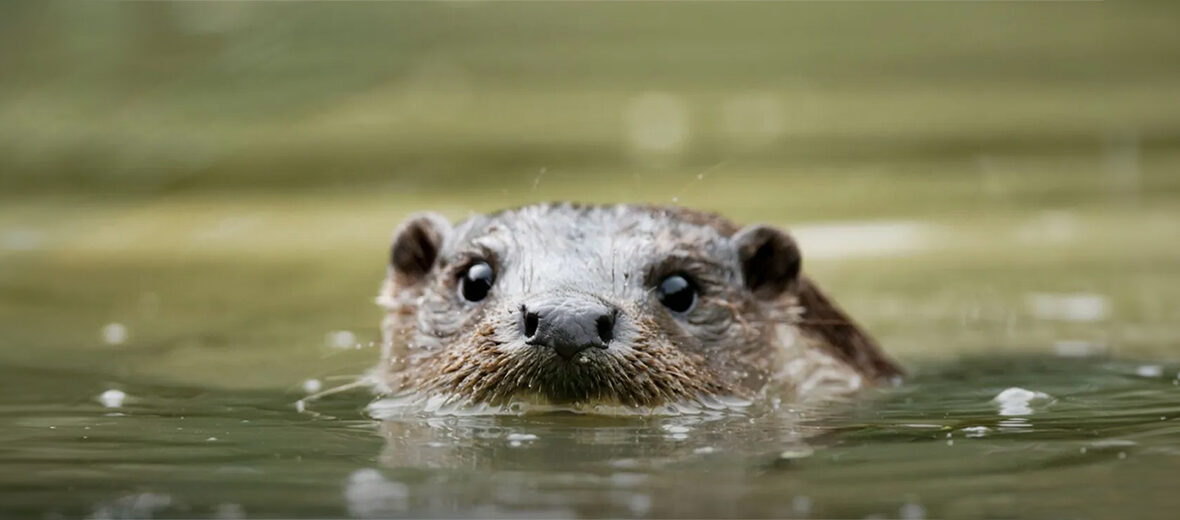
The hairy-nosed otter is native to southeast Asia and Australasia. These critters are the rarest and least known otter species. Sadly, they face many threats such as habitat loss and destruction at the hands of residential and commercial developments, farming, ranching, aquaculture, and logging; habitat division at the hands of roads and railroads, which can also cause vehicle strike – being hit by vehicles; hunting; trapping; fires; fire suppression; dam construction, which can flood their home and divide their territories; and pollution.
First the Stats…
Scientific name: Lutra sumatrana
Weight: Up to 18 lbs.
Length: Up to 32.5 inches, plus up to a 20 inch tail
Lifespan: Up to 20 years
Now on to the Facts!
1.) The IUCN lists these otters as Endangered, and their populations are decreasing.
2.) Like other otters, their paws are fully webbed.
3.) They prefer lowland flooded forests with climaxing vegetation consisting of a primary forest zone, a secondary forest zone of Melaleuca cajuputi, and a third zone comprised of grasslands.
4.) These otters can be seen individually or in small groups of up to 4 individuals.
5.) Catfish, snakeheads, climbing perch, water snakes, mollusks, and crustaceans are all on the menu.
But wait, there’s more on the hairy-nosed otter!
6.) A single-syllabic chirp is produced to call to each other.
7.) The females call to their pups using a staccato chatter.
Did you know…?
These otters are the rarest otter in Asia.
8.) Females undergo up to a 2 month gestation (pregnancy) that yields up to 4 cubs.
9.) The first hairy-nosed otter to be kept in captivity was back on June of 2008. It was captured in Tonle Sap. However, it was frequently sick and did not live long in captivity. Sadly, it died of unknown causes.
10.) Phnom Tamao Wildlife Rescue Centre found and rescued another hairy-nosed otter in July of 2010, and hopes it will become part of a future captive breeding program. This is the only known hairy-nosed otter currently living in captivity.
Be sure to share & comment below! Also, check out the Critter Science YouTube channel. Videos added regularly!
Want to suggest a critter for me to write about? Let me know here.
Some source material acquired from: Wikipedia & IUCN
Photo credit: Palm Oil Detectives




